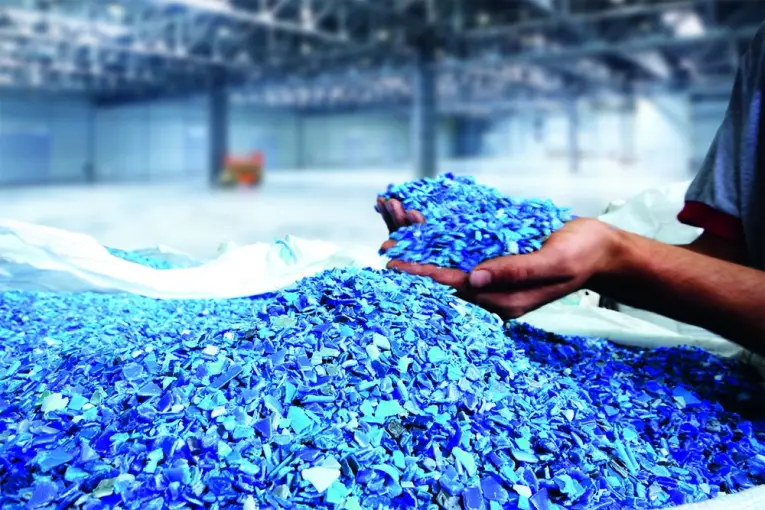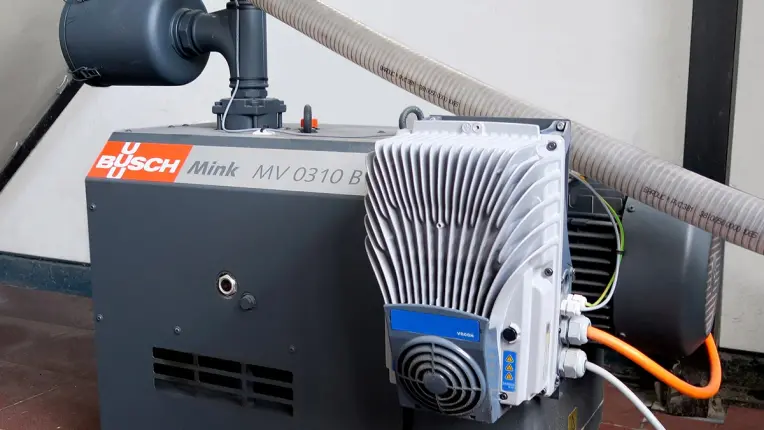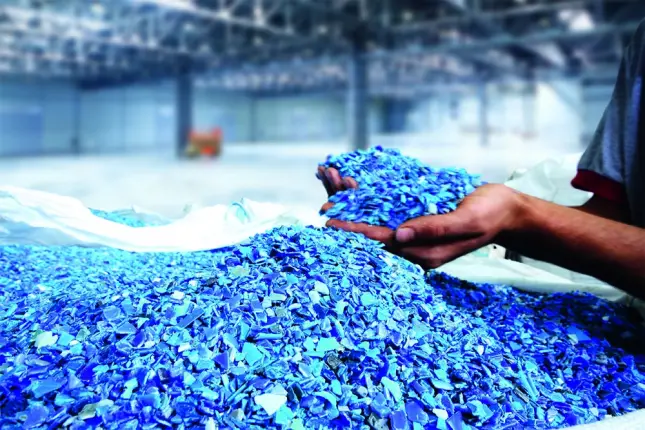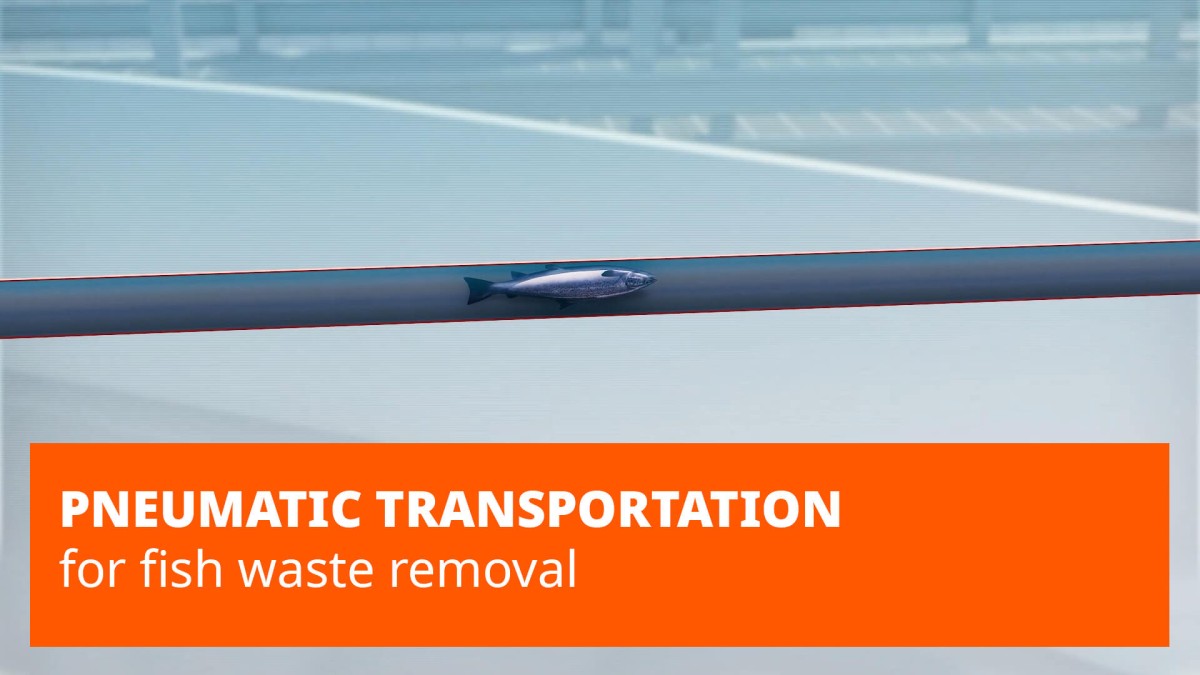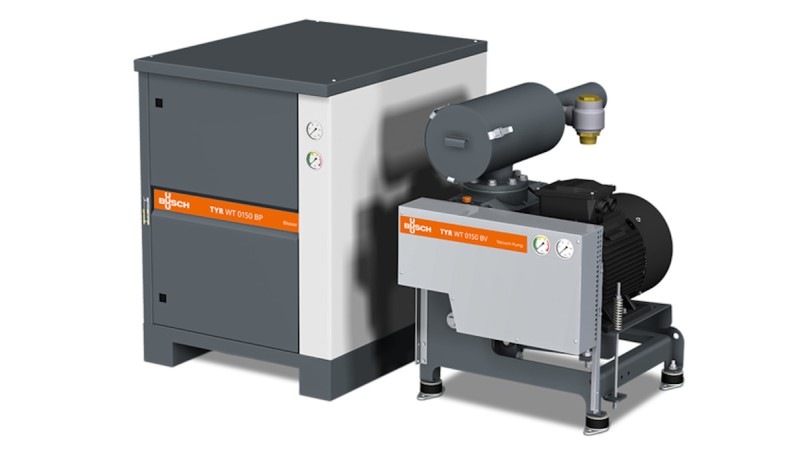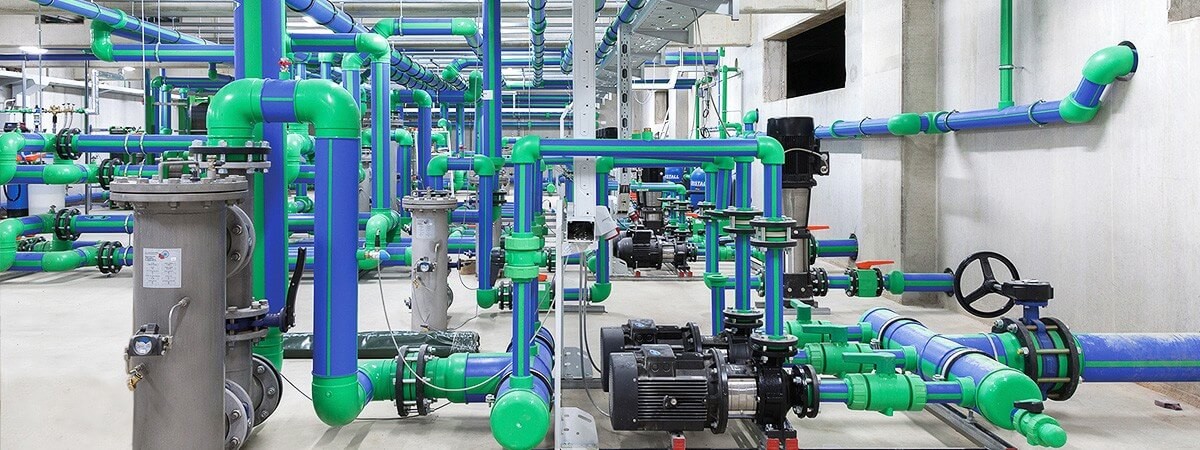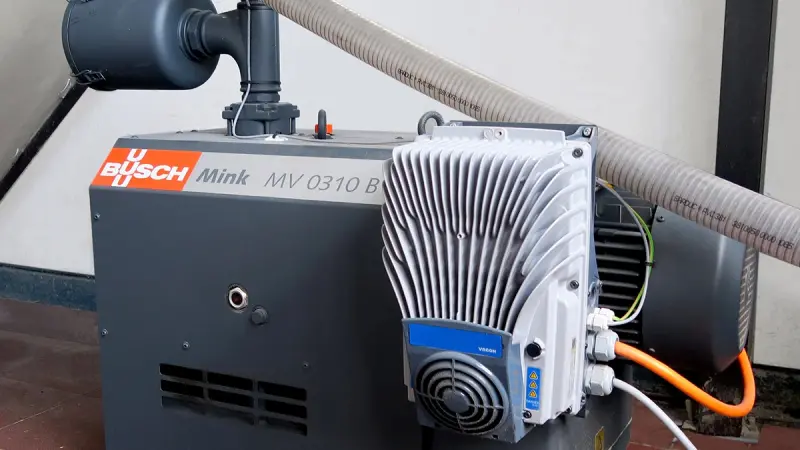When thinking about purchasing a pneumatic conveying system, the required pumping speeds and vacuum levels are vital considerations. Transportation speed, material characteristics, conveyor line length and pipe diameters also play an important role.
However, there is no one-size-fits-all pneumatic conveying solution. For purposes of designing the best solution for your needs, more general factors can also be taken into consideration:
Peace of mind
The best vacuum system is the one you never have to worry about. It should deliver the required performance. And run seamlessly and reliably. This is achieved by a combination of the right technology in a suitable skid integration. And the required protection and safety sensors. The correct operating procedures, including warm-up and shut-down cycles, are also key factors for trouble-free operation.
Safety
A pneumatic conveying, vacuum conveying or plastic conveying system should never pose a danger to workers. This is especially important whenever explosive, flammable, and toxic compounds are being handled. In this case, the vacuum system needs to comply with local explosion regulations such as ATEX, IECEX, Ex-Proof or KOSHA. The right level of leak-tightness is also crucial to prevent any seepage of toxic compounds. In this case, specific options such as double mechanical seals and barrier gases are recommended.
Cost of ownership
Focusing only on initial investment costs is usually not the best way to optimize the total cost of ownership of a pneumatic conveying, vacuum conveying, or plastic conveying system. Several other parameters must be considered: Mainly to choose the right technology and to adapt the system design. Fixing the right operating conditions allows to save costs for maintenance and reduce product waste. Moreover, it is important to take a holistic look at the vacuum system. Pipes that are too small, for instance, can greatly impair the performance of the system.
Energy efficiency
The energy consumption of a pneumatic conveying, vacuum conveying or plastic conveying system is a key selection factor. Depending on the operating pressure, different technologies can be considered. Additionally, regulation of vacuum demand is key. Nowadays, most systems can be operated with a variable speed drive to reduce power consumption when vacuum demand is low.
Extended lifetime
To extend the lifetime of a vacuum system several factors should be considered. For example, the use of the right technology and the right pump configuration. Another consideration is the proper use of the system. In most cases, warm-up, and shutdown cycles, including Clean-in-Place (CIP), are required to maintain performance at factory standards.
Money savings by system upgrade
Your process, including vacuum demand, may have changed. This leads to the questions: Is it still adapted to your needs? Is it still operating as energy-efficiently as possible? When it is time to upgrade or replace a vacuum system, it is worth looking at the entire installation. We will support you in identifying any potential for optimization.
